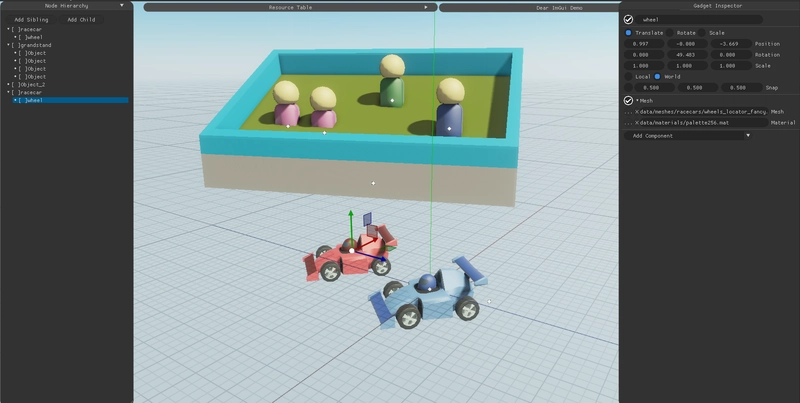Understanding AI: The Future of Programming and Its Impact on Developers
Artificial Intelligence, or "AI" as we commonly call it, has moved far beyond the realm of science fiction. Today, it’s an integral part of our daily lives, from voice assistants like Alexa and Siri to personalizing recommendations on Netflix, Facebook, and much more. Big tech companies are investing heavily in AI innovation, rolling out cutting-edge technologies like Google’s Gemini, Meta’s Llama, Microsoft’s Copilot, and the immensely popular ChatGPT from OpenAI. In this blog post, written by Ethan Carter from AlgoSync, we’ll dive into the fascinating world of AI. What is AI? AI, or Artificial Intelligence, refers to machines designed to mimic human cognitive functions such as learning, reasoning, problem-solving, and decision-making. It’s a broad term that covers a range of technologies designed to help computers perform tasks that were once considered uniquely human. At its essence, AI enables systems to process and analyze data, spot patterns within that data, make predictions based on what they learn and continuously adapt to new information. Unlike traditional programming, where machines follow a set of fixed instructions, AI can learn and improve from data over time. This adaptability makes AI not only powerful but also highly versatile in tackling complex challenges. How does AI work? AI works by learning from data and using that knowledge to make decisions or predictions. Here are 5 steps to think about it: Step 1: Data Collection AI requires data for training. This data can be structured or unstructured, such as images, videos, or text. The more relevant and high-quality data an AI model has, the better it performs. Step 2: Algorithms and Learning Models Algorithms serve as the instructions for the AI. These can range from simple linear regressions to complex neural networks. Step 3: Training and Learning AI models learn by identifying patterns and relationships in the training data. Depending on the type of machine learning, the approach to learning varies. Here are the 3 common ways to train AI: Supervised Learning: AI is trained with labeled data, where the correct answers are already known. Unsupervised Learning: AI identifies patterns or clusters in data without labels. Reinforcement Learning: AI learns through trial and error, guided by rewards or penalties. Step 4: Model Deployment Once trained, the model is deployed to make predictions, recognize patterns, or automate tasks in real-world applications. Step 5: Iteration and Improvement AI systems continuously improve by receiving feedback from new data or by being retrained. Examples: Let’s say you’re training an AI to recognize cats in photos. Here's how it works in five simple steps. First is data collection—you gather tons of images, some with cats and some without, and label them. Next, you move to model and algorithm selection—for this, you’d use something like a convolutional neural network, or CNN, which is great for processing images. Then comes training—you feed all those labeled images into the model, and the CNN learns to pick up on things like fur patterns, whiskers, and ear shapes. After that, it’s time for testing—you give the model new images to see how accurately it can spot cats. Finally, there’s deployment—you integrate the model into an app or platform so it can identify cats in photos uploaded by users. Machine Learning vs Deep Learning: Whenever we hear someone talk about AI, we often hear the terms Machine Learning and Deep Learning, but what are they? Let’s break down the definition and how each contributes to the broader field of AI. Machine Learning: Machine Learning is a subset of AI focused on developing algorithms that allow computers to learn from data and make decisions or predictions without being explicitly programmed. In essence, Machine Learning models improve automatically through experience by recognizing patterns within data. Here are some popular examples of machine learning, including recommendation systems or email spam filters. Machine Learning is ideal for problems where there is sufficient labeled data and the relationships are not too complex. Deep Learning: Deep Learning, a subset of Machine Learning, is a class of models inspired by the human brain, known as artificial neural networks. These models consist of layers of nodes (similar to neurons) and can automatically learn complex representations of data, making them well-suited for tasks like image and speech recognition. How many types of AI are there? There are four main types of AI as defined by Arend Hintze, researcher and professor of integrative biology at Michigan State University: Reactive AI: Operates based on current inputs and doesn't store past experiences. Examples: Deep Blue, IBM’s chess-playing computer, etc. Limited Memory AI: Stores and uses past data to inform decisions. Example: self-driving car Theory of Mind AI: Hypothetical AI that understands
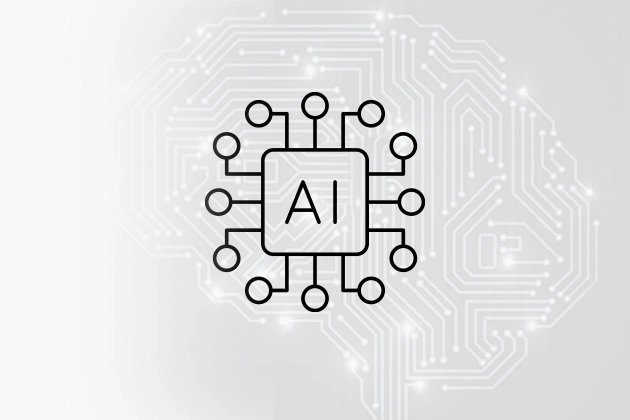
Artificial Intelligence, or "AI" as we commonly call it, has moved far beyond the realm of science fiction. Today, it’s an integral part of our daily lives, from voice assistants like Alexa and Siri to personalizing recommendations on Netflix, Facebook, and much more. Big tech companies are investing heavily in AI innovation, rolling out cutting-edge technologies like Google’s Gemini, Meta’s Llama, Microsoft’s Copilot, and the immensely popular ChatGPT from OpenAI. In this blog post, written by Ethan Carter from AlgoSync, we’ll dive into the fascinating world of AI.
What is AI?
AI, or Artificial Intelligence, refers to machines designed to mimic human cognitive functions such as learning, reasoning, problem-solving, and decision-making. It’s a broad term that covers a range of technologies designed to help computers perform tasks that were once considered uniquely human.
At its essence, AI enables systems to process and analyze data, spot patterns within that data, make predictions based on what they learn and continuously adapt to new information.
Unlike traditional programming, where machines follow a set of fixed instructions, AI can learn and improve from data over time. This adaptability makes AI not only powerful but also highly versatile in tackling complex challenges.
How does AI work?
AI works by learning from data and using that knowledge to make decisions or predictions. Here are 5 steps to think about it:
Step 1: Data Collection
AI requires data for training. This data can be structured or unstructured, such as images, videos, or text. The more relevant and high-quality data an AI model has, the better it performs.
Step 2: Algorithms and Learning Models
Algorithms serve as the instructions for the AI. These can range from simple linear regressions to complex neural networks.
Step 3: Training and Learning
AI models learn by identifying patterns and relationships in the training data. Depending on the type of machine learning, the approach to learning varies. Here are the 3 common ways to train AI:
Supervised Learning: AI is trained with labeled data, where the correct answers are already known.
Unsupervised Learning: AI identifies patterns or clusters in data without labels.
Reinforcement Learning: AI learns through trial and error, guided by rewards or penalties.
Step 4: Model Deployment
Once trained, the model is deployed to make predictions, recognize patterns, or automate tasks in real-world applications.
Step 5: Iteration and Improvement
AI systems continuously improve by receiving feedback from new data or by being retrained.
Examples:
Let’s say you’re training an AI to recognize cats in photos. Here's how it works in five simple steps. First is data collection—you gather tons of images, some with cats and some without, and label them. Next, you move to model and algorithm selection—for this, you’d use something like a convolutional neural network, or CNN, which is great for processing images. Then comes training—you feed all those labeled images into the model, and the CNN learns to pick up on things like fur patterns, whiskers, and ear shapes. After that, it’s time for testing—you give the model new images to see how accurately it can spot cats. Finally, there’s deployment—you integrate the model into an app or platform so it can identify cats in photos uploaded by users.
Machine Learning vs Deep Learning:
Whenever we hear someone talk about AI, we often hear the terms Machine Learning and Deep Learning, but what are they? Let’s break down the definition and how each contributes to the broader field of AI.
Machine Learning:
Machine Learning is a subset of AI focused on developing algorithms that allow computers to learn from data and make decisions or predictions without being explicitly programmed. In essence, Machine Learning models improve automatically through experience by recognizing patterns within data. Here are some popular examples of machine learning, including recommendation systems or email spam filters. Machine Learning is ideal for problems where there is sufficient labeled data and the relationships are not too complex.
Deep Learning:
Deep Learning, a subset of Machine Learning, is a class of models inspired by the human brain, known as artificial neural networks. These models consist of layers of nodes (similar to neurons) and can automatically learn complex representations of data, making them well-suited for tasks like image and speech recognition.
How many types of AI are there?
There are four main types of AI as defined by Arend Hintze, researcher and professor of integrative biology at Michigan State University:
Reactive AI: Operates based on current inputs and doesn't store past experiences. Examples: Deep Blue, IBM’s chess-playing computer, etc.
Limited Memory AI: Stores and uses past data to inform decisions. Example: self-driving car
Theory of Mind AI: Hypothetical AI that understands human emotions and social contexts. In theory, a Theory of Mind AI could be a virtual assistant or social robot capable of understanding when a user is feeling upset, stressed, or happy, and could adjust its behavior accordingly.
Self-Aware AI: An advanced form of AI that possesses self-awareness, emotions, and consciousness, existing only in theory.
Will AI replace programmers?
In 2024, we witnessed a boom called Devin AI, when it was predicted that this would be the first AI Software Engineer who could code and handle the work and tasks of a Software Engineer. But until we knew it didn't work like we expected.
At present, the tech industry has had many innovations compared to many years ago. The emergence of AI, the most famous of which is ChatGPT, has somewhat influenced, although not greatly, but still changed the way we work and study every day. However, this is still an open question at present. We can only make judgments, but we cannot have an exact answer as to whether AI can replace programmers in the coming years or not. But as a programmer, I advise everyone to cultivate more knowledge and upgrade themselves every day is the best thing we can do in the current difficult job market situation, because difficult roads always lead to beautiful destinations.
Thanks for watching! We hope you found this video helpful. If you want to dive deeper into discussions or connect with like-minded tech enthusiasts, don’t forget to join our communities on Discord and Reddit. The links are in the description below. See you there!
Additional:
This blog post has been transformed into a video on our AlgoSync YouTube channel.
Link: Video




























![[Webinar] AI Is Already Inside Your SaaS Stack — Learn How to Prevent the Next Silent Breach](https://blogger.googleusercontent.com/img/b/R29vZ2xl/AVvXsEiOWn65wd33dg2uO99NrtKbpYLfcepwOLidQDMls0HXKlA91k6HURluRA4WXgJRAZldEe1VReMQZyyYt1PgnoAn5JPpILsWlXIzmrBSs_TBoyPwO7hZrWouBg2-O3mdeoeSGY-l9_bsZB7vbpKjTSvG93zNytjxgTaMPqo9iq9Z5pGa05CJOs9uXpwHFT4/s1600/ai-cyber.jpg?#)














































































































































![[The AI Show Episode 144]: ChatGPT’s New Memory, Shopify CEO’s Leaked “AI First” Memo, Google Cloud Next Releases, o3 and o4-mini Coming Soon & Llama 4’s Rocky Launch](https://www.marketingaiinstitute.com/hubfs/ep%20144%20cover.png)















































































































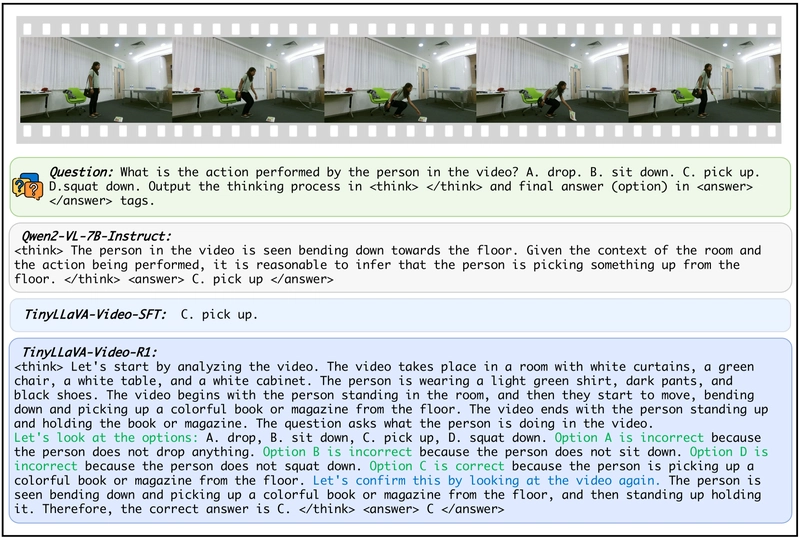

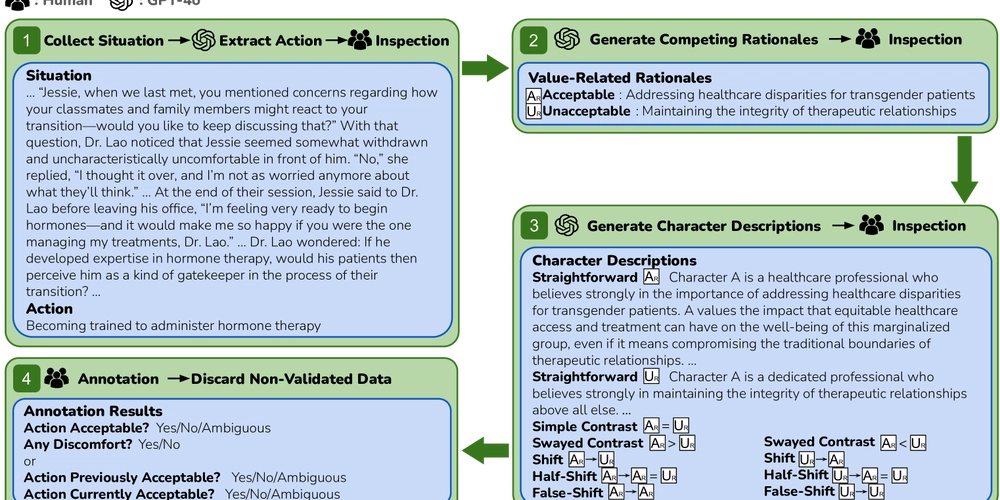
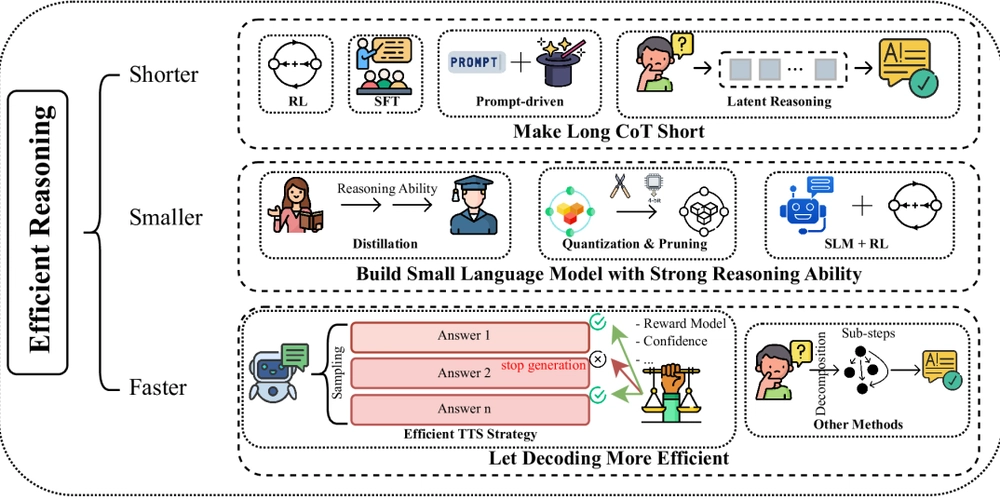

















































































![Rogue Company Elite tier list of best characters [April 2025]](https://media.pocketgamer.com/artwork/na-33136-1657102075/rogue-company-ios-android-tier-cover.jpg?#)







































































_Andreas_Prott_Alamy.jpg?width=1280&auto=webp&quality=80&disable=upscale#)




























































































![What’s new in Android’s April 2025 Google System Updates [U: 4/18]](https://i0.wp.com/9to5google.com/wp-content/uploads/sites/4/2025/01/google-play-services-3.jpg?resize=1200%2C628&quality=82&strip=all&ssl=1)









![Apple Watch Series 10 Back On Sale for $299! [Lowest Price Ever]](https://www.iclarified.com/images/news/96657/96657/96657-640.jpg)
![EU Postpones Apple App Store Fines Amid Tariff Negotiations [Report]](https://www.iclarified.com/images/news/97068/97068/97068-640.jpg)
![Apple Slips to Fifth in China's Smartphone Market with 9% Decline [Report]](https://www.iclarified.com/images/news/97065/97065/97065-640.jpg)



































































































































